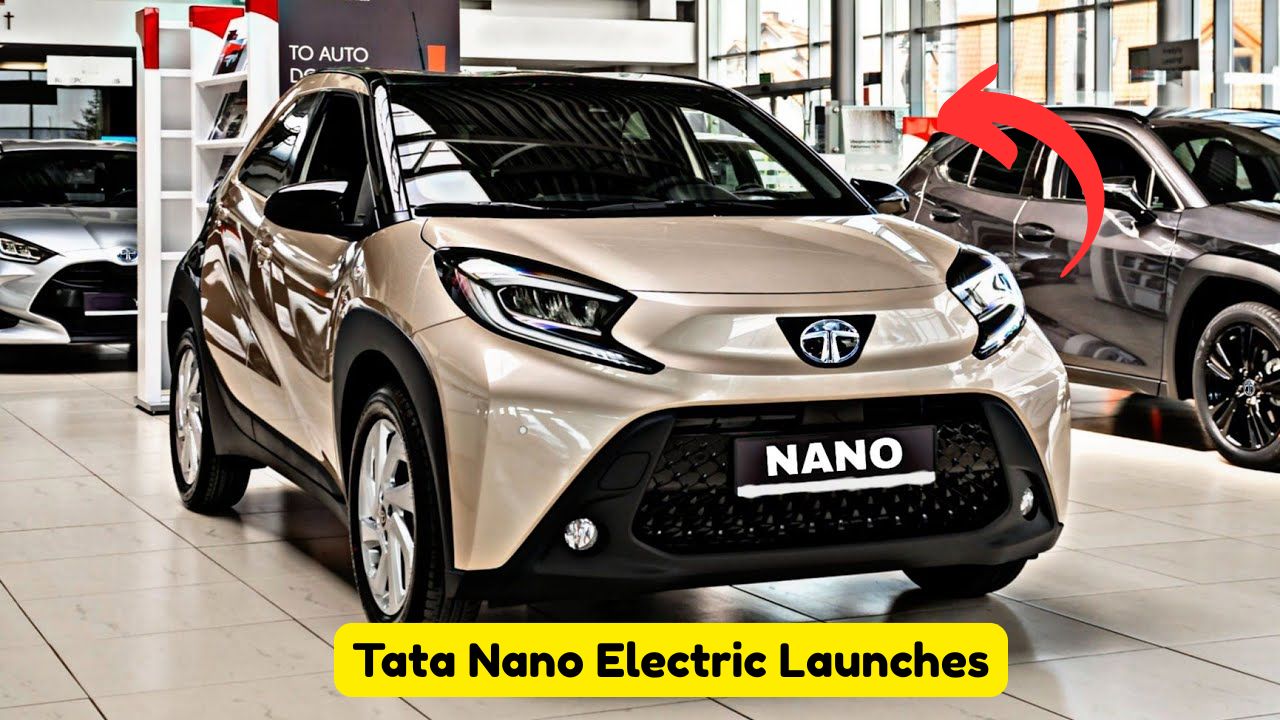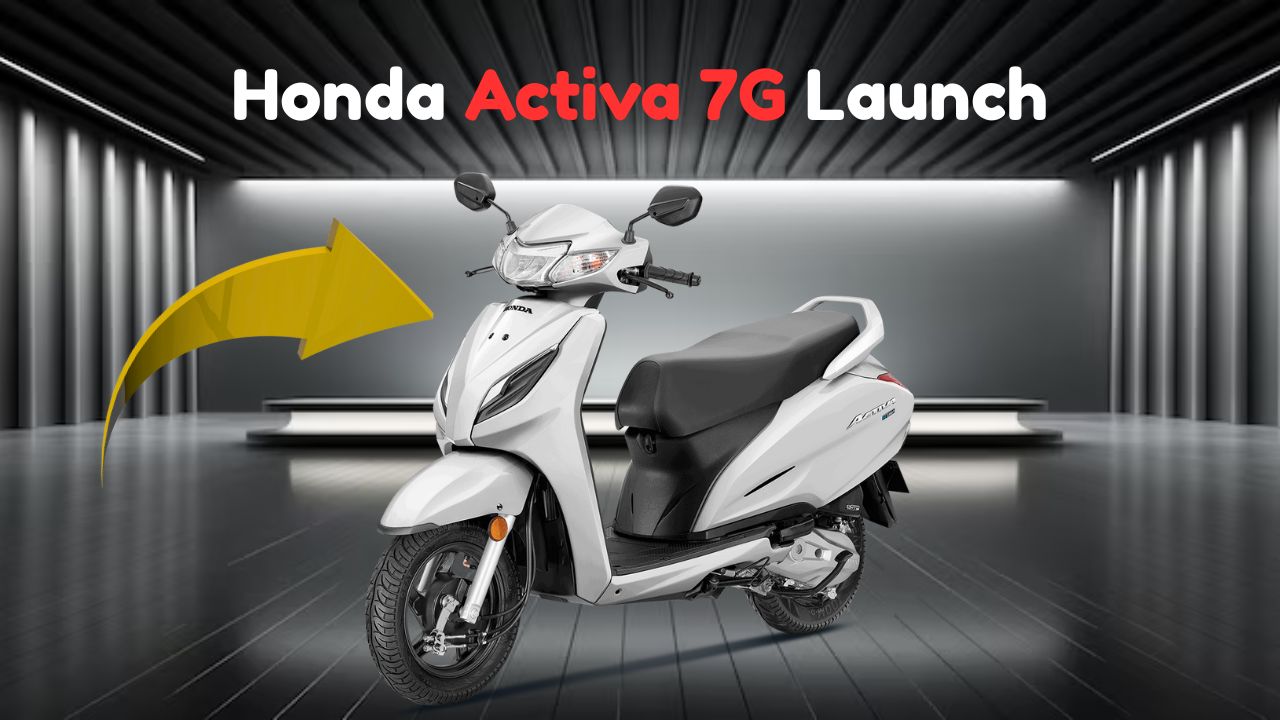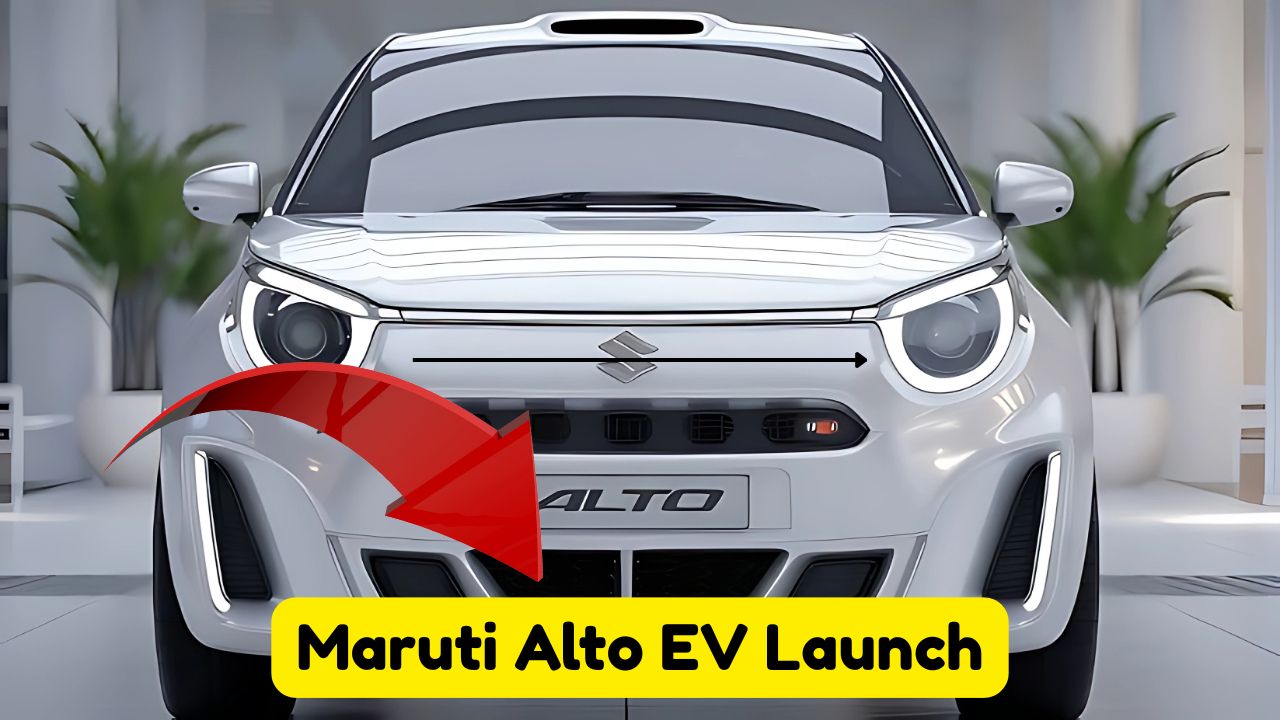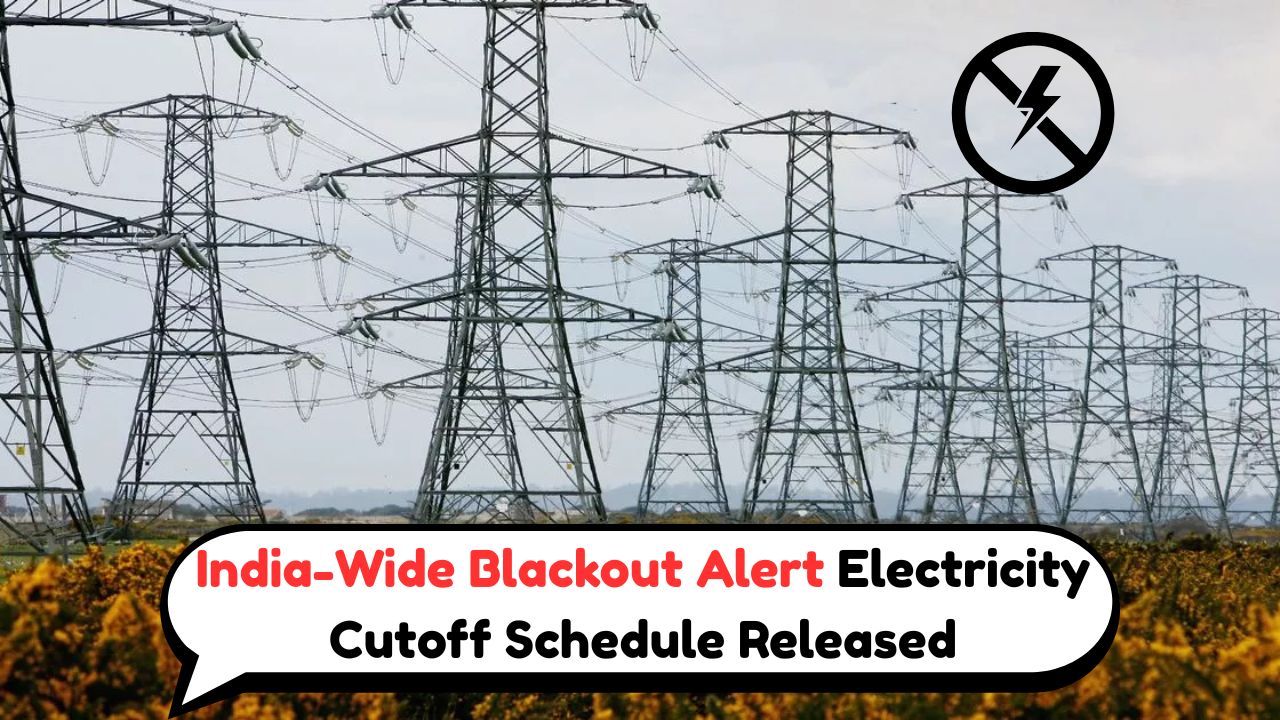Tata Nano Electric – India’s beloved budget car, the Tata Nano, is back—and this time, it’s electric! In a bold move for mass-market electric mobility, Tata Motors has officially launched the Tata Nano Electric 2025, promising affordability, modern tech, and eco-friendly driving. With skyrocketing fuel prices and rising demand for EVs, the Nano EV is being hailed as a game-changer for middle-class Indian families. Let’s dive deep into the features, specs, pricing, and why this compact electric car might just be the biggest disruption in India’s EV market in 2025.
Tata Nano Electric 2025: A Game-Changer for Budget EV Buyers
The Tata Nano EV 2025 is not just a nostalgic comeback—it’s a smart, urban mobility solution that meets the demand for clean energy and budget-conscious driving. With its compact size, upgraded design, and fully electric powertrain, the Nano EV is designed to be India’s most affordable electric car.
Key Highlights of Tata Nano EV 2025:
 Maruti Alto EV Launch: Now Get an Electric Alto in Your City for Just ₹1 Lakh – Check Full Details
Maruti Alto EV Launch: Now Get an Electric Alto in Your City for Just ₹1 Lakh – Check Full Details
- 2025 model comes with updated battery and longer range
- Modern EV features at a budget price under ₹5 lakh (ex-showroom expected)
- Compact city-friendly design perfect for Indian roads
- Aimed at first-time car buyers and budget commuters
- Fast charging support and basic safety features included
Tata Nano EV Specifications: Battery, Range & Power
One of the biggest upgrades in the new Nano EV is its improved battery performance and real-world range. Tata Motors is targeting both affordability and practicality with this model.
Tata Nano EV 2025 Specifications
| Feature | Details |
|---|---|
| Battery Capacity | 17 kWh Lithium-ion |
| Range per Charge (Claimed) | 180-200 km |
| Charging Time (0-80%) | Fast Charging: ~60 minutes |
| Motor Power | 30 kW (approx. 40 bhp) |
| Top Speed | 85 km/h |
| Drivetrain | Front-Wheel Drive |
| Transmission | Single-speed automatic |
| Ground Clearance | 170 mm |
The battery and motor combination has been tuned for urban commuting, not high-speed highways. This makes it a practical solution for daily office runs and city errands.
Features That Make the Nano EV 2025 Stand Out
Though a budget car, Tata has added several smart features to make the Nano EV more attractive to new-age buyers.
Standout Features in Tata Nano Electric 2025:
- Touchscreen infotainment system (expected in top variant)
- Digital instrument cluster
- Basic connectivity features via Tata EV app
- Dual front airbags (top variants)
- ABS with EBD
- Power steering and power windows
- Smartphone charging port
- Regenerative braking system
These inclusions bring a sense of modernity to a car that was once seen as minimalistic. Tata’s approach in 2025 is about making EVs accessible yet future-ready.
Tata Nano EV Variants & Expected Pricing
Tata is expected to launch multiple variants of the Nano EV to cater to different budget levels, similar to how it handles its other models like the Tiago EV.
Tata Nano EV 2025 Expected Variant & Price Table
| Variant Name | Key Features | Expected Price (Ex-Showroom) |
|---|---|---|
| XE Base | Manual AC, basic infotainment, steel wheels | ₹3.99 lakh |
| XM Mid | Power windows, digital console, remote lock | ₹4.49 lakh |
| XZ Top | Touchscreen, dual airbags, fast charging | ₹4.99 lakh |
| XZ+ Premium | Alloy wheels, connected car tech, 2-tone roof | ₹5.29 lakh |
These prices aim to make the Nano EV the most affordable electric car in India, especially targeting buyers who are shifting from scooters or two-wheelers to four-wheel EVs.
How Tata Nano EV Compares to Other Entry-Level EVs
While the Nano EV is budget-friendly, how does it stack up against competitors like the MG Comet EV, Tiago EV, and the Citroen eC3?
Entry-Level EV Comparison (2025)
| Car Model | Starting Price | Range | Battery Size | Key Highlight |
|---|---|---|---|---|
| Tata Nano EV | ₹3.99 lakh | 200 km | 17 kWh | Most affordable 4-wheeler EV |
| MG Comet EV | ₹6.98 lakh | 230 km | 17.3 kWh | Futuristic design |
| Tata Tiago EV | ₹7.99 lakh | 250-315 km | 19.2–24 kWh | Premium compact hatch |
| Citroen eC3 | ₹11.50 lakh | 320 km | 29.2 kWh | Bigger, premium segment |
The Nano EV dominates when it comes to price-to-range value, though it offers fewer frills compared to its higher-end rivals.
 Power Outage Alert Across India – Check When and What Time Electricity Will Be Cut in Your City
Power Outage Alert Across India – Check When and What Time Electricity Will Be Cut in Your City
Who Should Buy the Tata Nano EV in 2025?
The Nano EV is made for budget-conscious Indians who want a low-maintenance, eco-friendly, and city-friendly daily commuter. Here’s who should consider buying this EV:
- First-time car buyers on a strict budget
- Families upgrading from two-wheelers
- Urban professionals with short daily commutes
- College students looking for affordable transport
- Environment-conscious buyers seeking low-cost EV entry
It’s not meant for highway cruising or long-distance intercity trips, but excels as an intra-city, last-mile solution.
Charging Infrastructure & Warranty Support
Tata’s growing EV ecosystem includes charging infrastructure via Tata Power and a robust after-sales service setup. Buyers can expect:
- Access to Tata EV fast-charging stations
- Home charger installation included with purchase
- Battery warranty: 8 years or 1,60,000 km
- Vehicle warranty: 3 years or 1,25,000 km
This reduces the anxiety around ownership and ensures peace of mind, especially for first-time EV users.
The Tata Nano EV 2025 proves that electric mobility doesn’t have to be expensive. For under ₹5 lakh, it brings back the iconic Nano in a new, eco-conscious avatar. It’s not just about affordability; it’s about giving every Indian household a clean, future-ready vehicle.
Tata Motors has once again taken the bold step of democratizing technology, and this time, it’s the electric future that’s being made accessible to the masses.
If you’ve been waiting for a budget EV that doesn’t compromise on essentials, the Nano EV might just be your perfect city companion.
FAQs: Tata Nano Electric 2025
1. What is the price of the Tata Nano EV 2025?
The expected starting price is ₹3.99 lakh (ex-showroom), making it the most affordable electric car in India.
2. How far can the Nano EV go on a single charge?
It offers a claimed range of 180–200 km, suitable for daily city use and short commutes.
3. Can I fast charge the Tata Nano EV?
Yes, the car supports fast charging up to 80% in about 60 minutes, depending on the charger.
4. Is Tata Nano EV suitable for highways?
No, it is primarily built for urban driving and may not perform optimally on highways due to its limited top speed and compact design.
5. When will bookings and deliveries begin?
Tata is expected to begin bookings in August 2025, with deliveries starting around October 2025.








